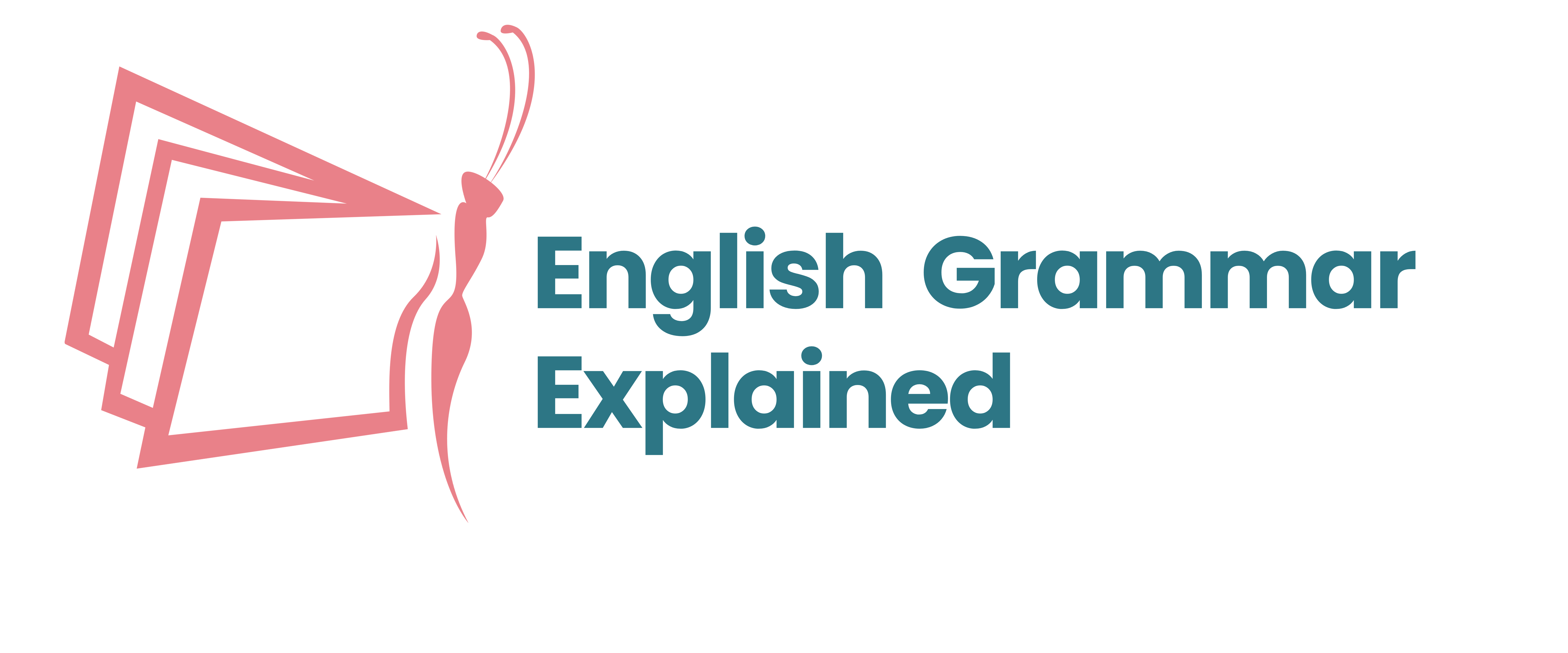What are Phrasal Verbs and How do We Use Them?

Phrasal verbs are combinations of a main verb and one or more prepositions or adverbs. The addition of these particles often changes the meaning of the main verb, creating a new expression with a distinct sense. Phrasal verbs are a common feature in the English language, contributing to its richness and versatility. They are prevalent in both spoken and written English, making them essential for learners to grasp for effective communication.
The structure of a phrasal verb is relatively straightforward. It typically consists of:
- Main Verb: The core action or concept.
- Particle (Preposition or Adverb): The additional element that alters the meaning of the main verb.
Examples:
- Break down: The car broke down on the highway.
- Look forward to: I look forward to meeting you.
In these examples, “break” and “look” are the main verbs, while “down” and “forward to” are the particles.
Common Types of Phrasal Verbs:
- Intransitive Phrasal Verbs: These do not require a direct object.
- Examples: “She woke up early.” “They ran away.”
- Transitive Phrasal Verbs: These require a direct object.
- Examples: “He put off the meeting.” “I ran into an old friend.”
- Separable Phrasal Verbs: The object can come between the main verb and the particle.
- Example: “I will pick you up at the airport.”
- Inseparable Phrasal Verbs: The object must follow the particle.
- Example: “She will look after her younger brother.”
How to Use Phrasal Verbs Effectively:
- Learn in Context: Phrasal verbs often derive their meanings from context. Expose yourself to various English materials like books, articles, movies, and conversations to understand how they are used in different situations.
- Master Common Phrasal Verbs: Focus on learning and mastering frequently used phrasal verbs in everyday conversation. Start with basic ones and gradually expand your repertoire.
- Pay Attention to Nuances: Many phrasal verbs have multiple meanings depending on context. Pay attention to the nuances and subtleties of their usage.
- Practice Regularly: Actively use phrasal verbs in your conversations and writing. The more you practice, the more comfortable you will become with incorporating them naturally.
- Seek Feedback: Engage with native speakers or language exchange partners to get feedback on your usage of phrasal verbs. This can provide valuable insights and corrections.
- Explore Learning Resources: Use language learning resources that specifically focus on phrasal verbs. Many textbooks, online courses, and language apps provide exercises and examples to reinforce your understanding.
Remember, mastering phrasal verbs is an ongoing process. Stay curious, embrace the challenge, and gradually integrate them into your language skills. With consistent practice, you’ll find yourself using phrasal verbs with confidence and precision in no time.



